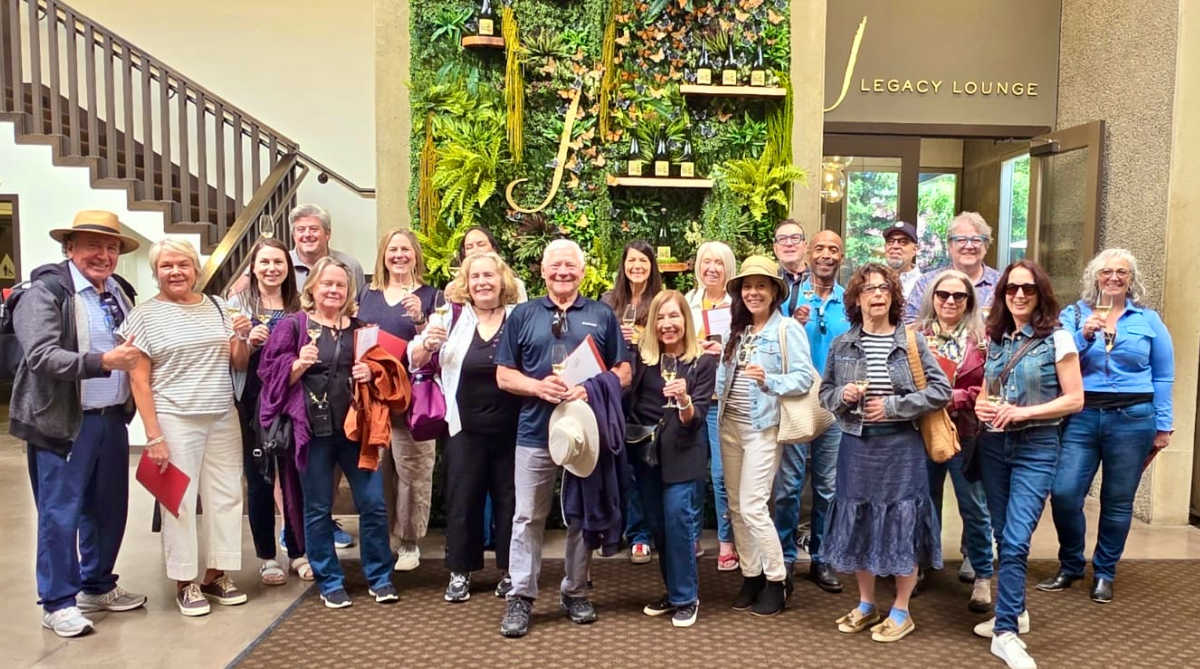This month, Capiche’s Chris Cook interviews Anne Breck, former VP for Harry & David’s retail operations and creator of the recently launched Postmark’d Studio. Anne will be presenting at the July 10 Wine Marketing Roundtable at Pebblestone Cellars. For more info, click here.
CC: What are the first things you look at when assessing the quality of a sales merchandise display?
AB: Attention to detail—from cleanliness to unique product offerings with compelling product stories to (most importantly) the customer experience.
Dust or disorganization is a real turnoff. It says to me that the merchant is not engaged and passionate about their assortment of product lines, and it is not appealing to guests, so I don’t want it, either! No pricing on products is extremely frustrating for both guests and staff.
Creating compelling displays that pull stories together is key to engaging with guests. You want to make your displays so irresistible that guests cannot stop themselves from picking items up. Over the years, I have learned that the best compliment of a display is to have it “messed up”—it is a sure sign that guests like the products!
It is also important to ensure associates in the winery are knowledgeable about the merchandise and can offer complementary merchandise suggestions based on the rapport they’ve established with the guest.
CC: What are three things wineries should consider when planning their merchandising?
AB: 1) Space. Is there room in the tasting room for compelling displays? How do you incorporate merchandise into the space and not have it look like an afterthought? Is the area well-lit? Is the product accessible, or is it awkward to access, such as behind a counter or in a place where guests sit in front of it?
2) Assortment: Is it a compelling group of products that tell a story, or is it random items that have been assembled over time? Does the product appeal to local and out-of-town guests? Seasonality is important to consider; rotate stock with seasonal changes. There are lots of visual tricks to make a small assortment compelling and not look anemic.
3) Inventory-to-Sales Ratio. Know your inventory-to-sales ratio, establish a sales plan and buy to your plan. Review product performance regularly to inform and guide your buying and merchandising decisions.
CC: How can you make your merchandise unique to your winery/tasting room?
AB: Begin with customer experience. Create an inviting space for your merchandise and make sure the staff is knowledgeable about the products. What is your bestseller, what is their favorite, what “pairs” together? Make it the best place to get unique gifts and wine!
Get branded products and merchandise that complement your bestselling wines.
CC: How does cost come into play?
AB: You need to consider buying wholesale vs. consignment. Wholesale pricing is generally 50% of retail pricing. Vendors have minimums, so it is ideal to find vendors who have a wide assortment you can purchase from. Local artists or Etsy are great places to start when developing a merchandise program.
Consignment is 25–60% depending on arrangement with vendor. No investment makes this option appealing to the vineyard and gives the vendor’s product exposure that perhaps they didn’t have before.
CC: What else should tasting rooms consider when developing a merchandising program?
AB: Tasting rooms should define their brand story and purchase merchandise that complements that point of view. When selecting a product, put it through your brand filter. If it doesn’t fit, don’t buy it. Shop the competition—other wineries and gift shops. Use your best guests (your wine club) for product insight; survey them. Ask what items they look for when visiting tasting rooms, and keep those responses in mind when you go to market.
Creating compelling displays that pull stories together is key to engaging with guests. Share on XNote: Photo of RoxyAnn Winery tasting room by Steven Addington



Leave a Reply